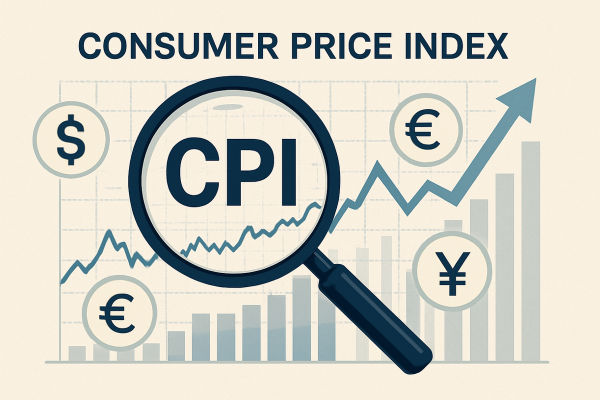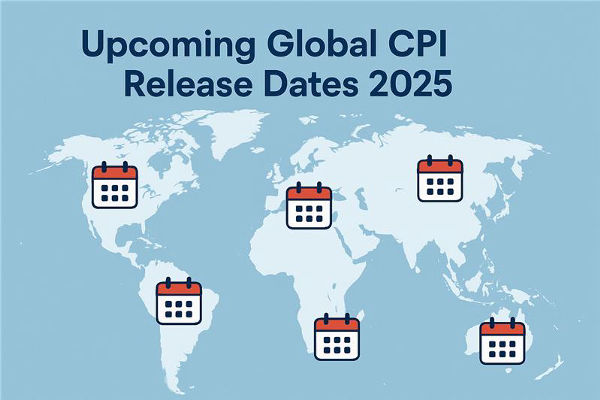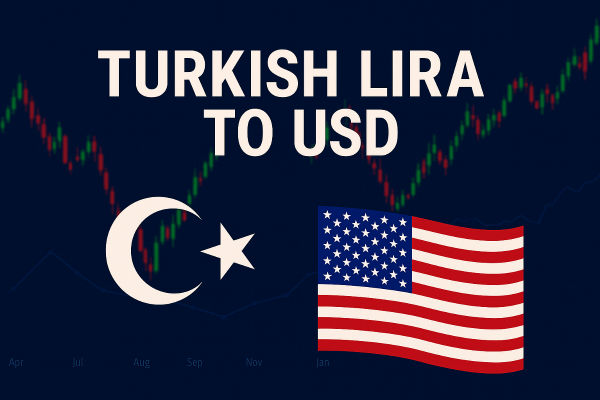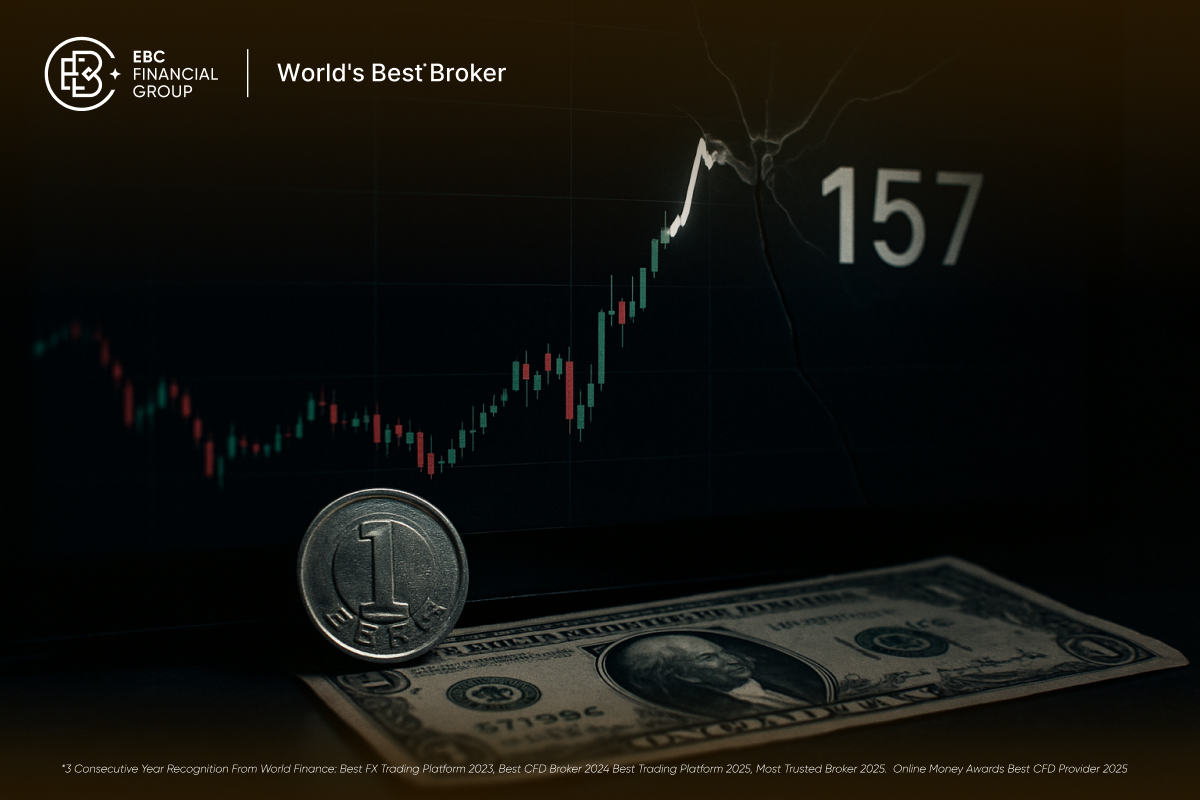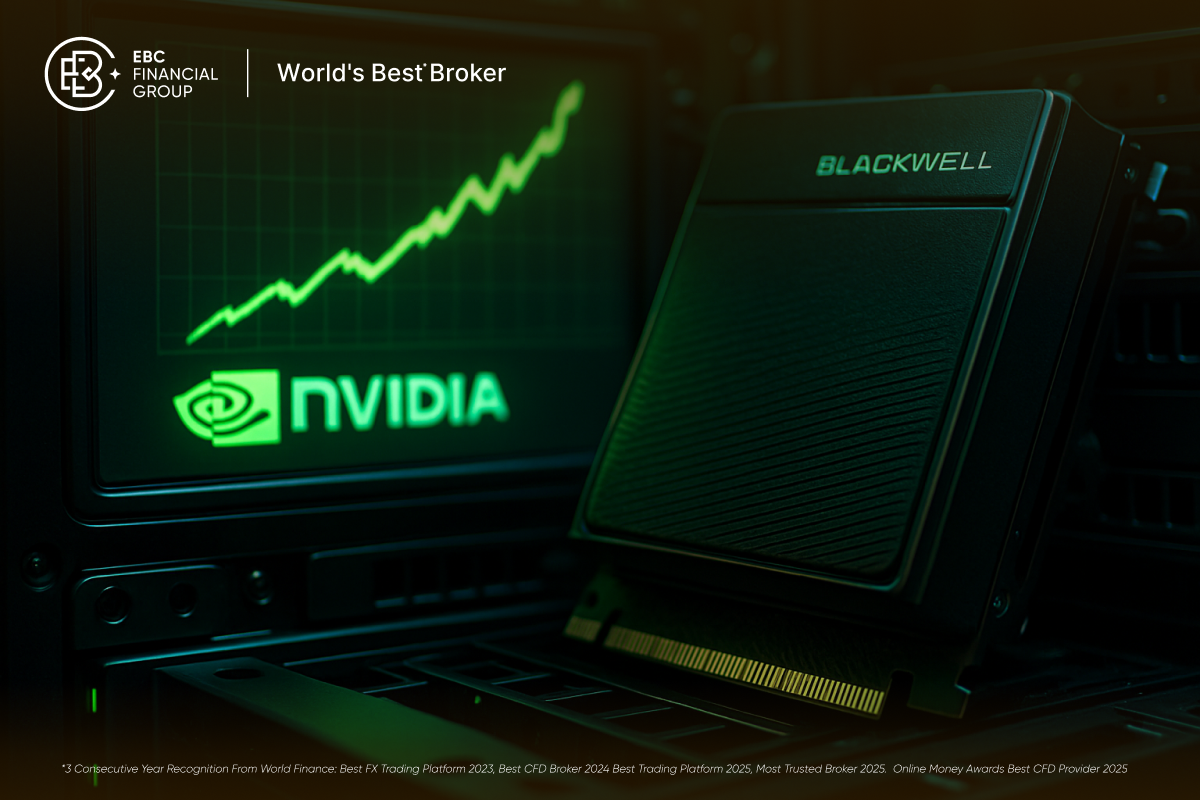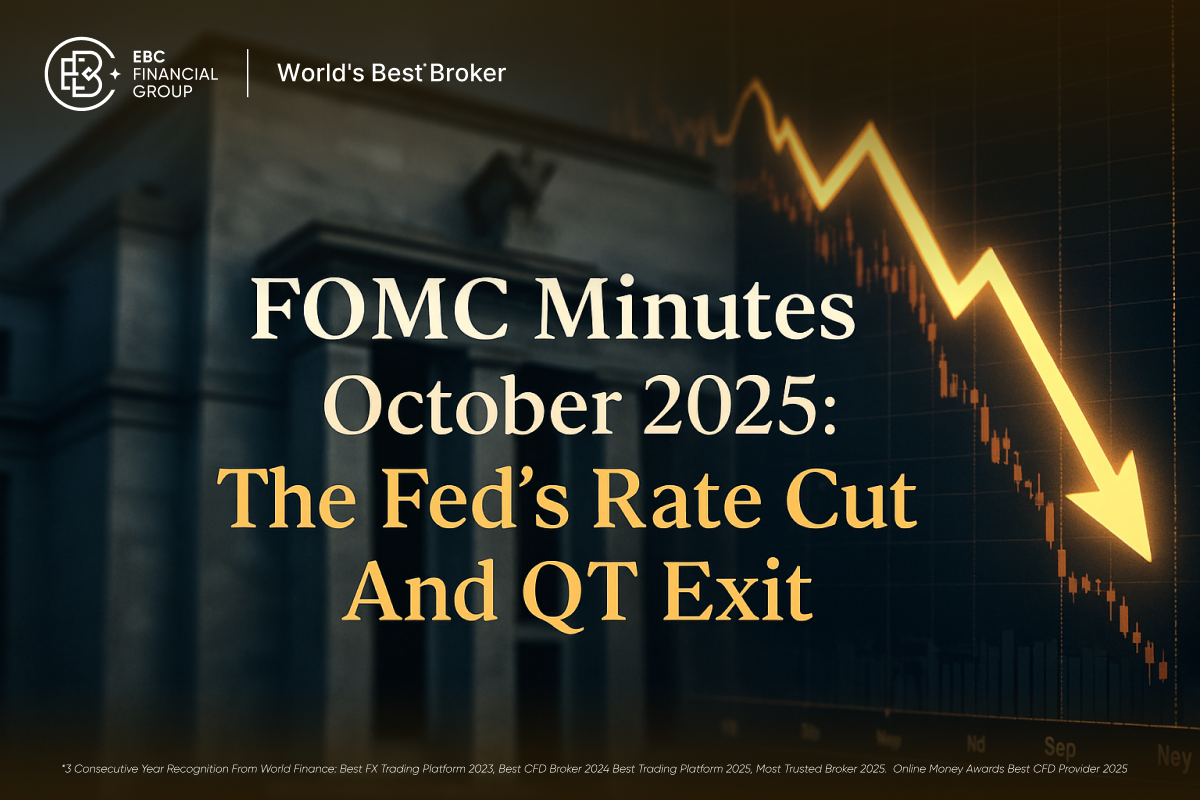Inflation is one of the most discussed and important economic metrics, yet it is often measured in different ways. Among the most widely known methods are the Personal Consumption Expenditures (PCE) price index and the Consumer Price Index (CPI).
Both are essential for understanding inflation, but they differ in how they measure it and what they represent. So, what makes them different, and which one matters more for gauging inflation? Let's break it down.
What Is CPI?
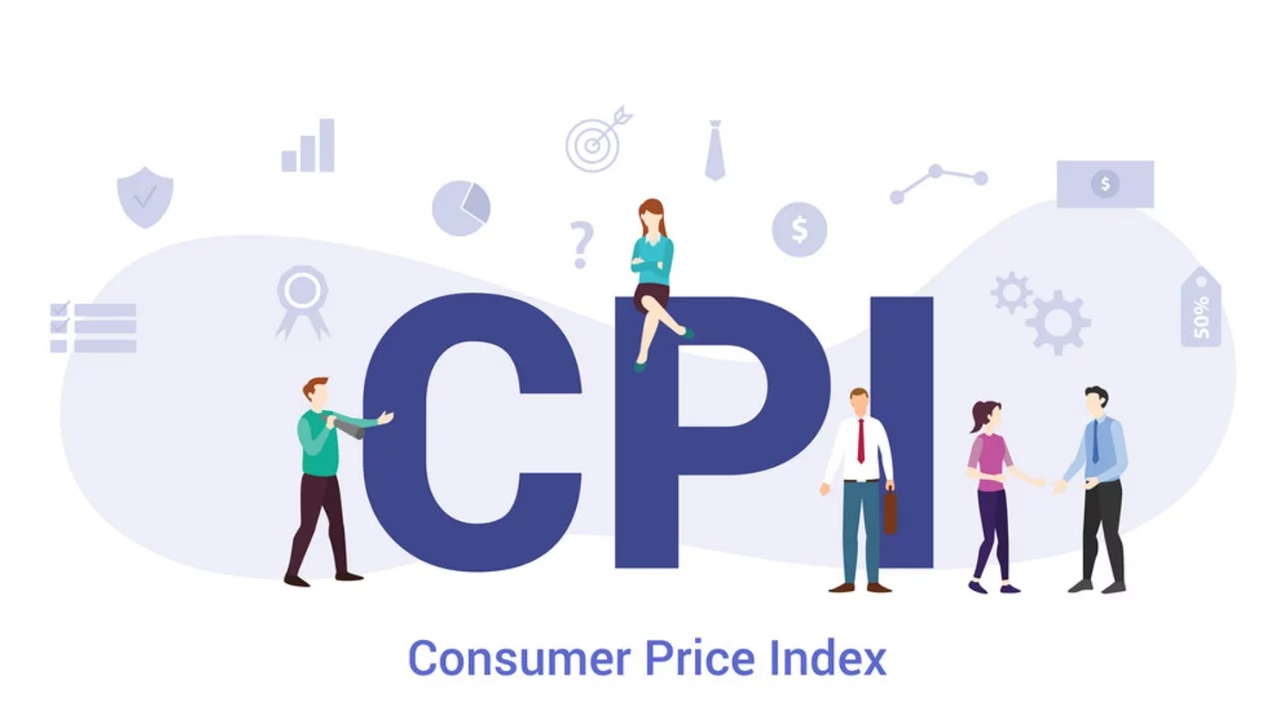
The Consumer Price Index (CPI) is perhaps the most well-known measure of inflation. It calculates the average change in prices over time that urban consumers pay for a basket of goods and services. This basket includes everything from food and housing to transportation and medical care. The CPI is released monthly by the U.S. Bureau of Labor Statistics and is widely used to track inflation from a consumer's perspective.
For many, CPI is the go-to inflation metric because it is easily understood. It directly reflects the cost of living, which is an important consideration for households and individuals. However, the CPI has some limitations in accurately capturing inflation across the entire economy.
What Is PCE?

The Personal Consumption Expenditures (PCE) price index, on the other hand, is another measure of inflation. Released by the U.S. Bureau of Economic Analysis, it differs from the CPI in a few key ways.
One of the main differences is that the PCE index uses a broader range of goods and services and also accounts for changes in consumer behaviour. For example, if consumers switch from buying more expensive items to cheaper alternatives, the PCE captures that shift, whereas the CPI might not.
PCE is the preferred inflation measure for the Federal Reserve, primarily because it provides a more accurate reflection of changes in the cost of living across the entire economy. It also incorporates changes in the quality of goods and services, which CPI does not.
PCE vs CPI: Key Differences
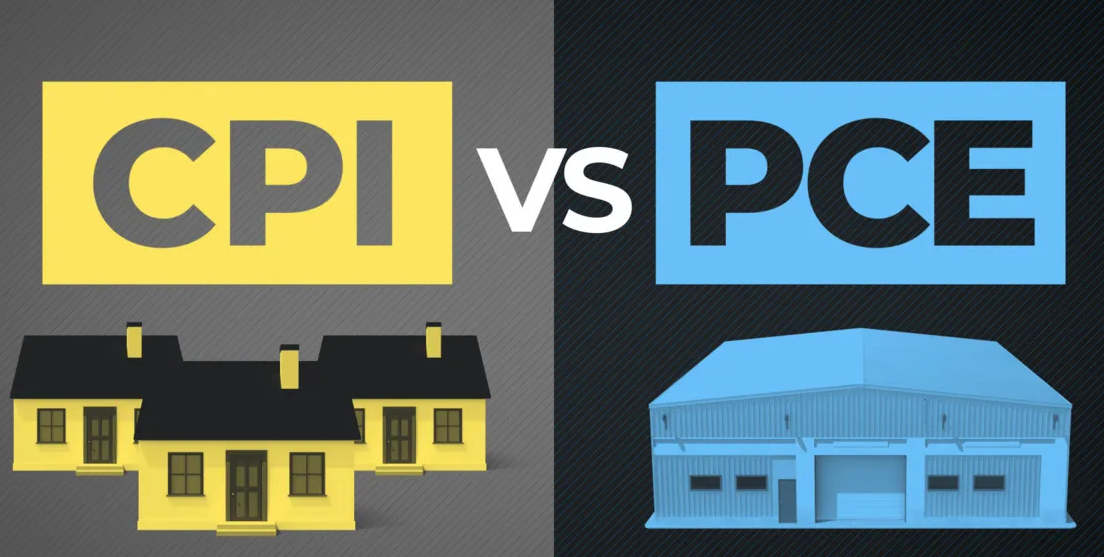
1. Coverage of Goods and Services
CPI is based on a fixed basket of goods and services, whereas PCE adjusts the basket to reflect changes in consumer behaviour. This means that CPI may not fully capture how consumers adjust their spending in response to changing prices.
2. Weights and Basket Adjustments
In the CPI, goods and services are weighted based on their importance to urban consumers. In contrast, the PCE uses data from national accounts, making it more reflective of a broader set of consumer spending patterns.
3. Scope of the Index
The CPI only includes out-of-pocket expenses, while the PCE includes additional expenditures, such as healthcare paid for by insurance. This makes the PCE a more comprehensive measure, as it reflects the cost of consumption from a national perspective.
Why Does This Matter?
The differences between the PCE vs CPI are important when it comes to economic analysis and policy-making. For policymakers, particularly the Federal Reserve, the PCE is often seen as a more reliable indicator of inflation. Since the PCE includes more categories of spending and accounts for changing consumer behaviour, it provides a more accurate measure of how prices are affecting the broader economy.
For individual consumers, however, the CPI may feel more directly relevant, as it represents their own personal cost of living. For example, if grocery prices spike, the CPI will likely reflect that increase more directly. But for those interested in broader economic trends, the PCE offers a clearer picture of inflation across the entire economy.
When Do They Diverge?
Both the PCE vs CPI metrics track similar trends, but they can diverge in some circumstances. For example, if consumers start switching from brand-name goods to generic alternatives in response to rising prices, CPI may overstate the cost of living increase, while PCE will adjust to reflect the change in behaviour.
In times of rapidly changing consumption patterns, the PCE tends to be more accurate because it adjusts to these changes more effectively than the CPI.
Which Metric Should You Focus On?
The answer depends on your perspective. If you are an individual looking to understand how inflation affects your day-to-day life, the CPI might be more relevant. It's a good reflection of the cost of goods and services that you directly purchase.
However, if you're an investor, the PCE offers a more comprehensive view of inflation, providing insights into broader economic trends.
Conclusion
The debate between PCE vs CPI boils down to which aspect of inflation you want to focus on. The CPI gives a more direct insight into the cost of living for consumers, but the PCE provides a more nuanced, comprehensive view that accounts for changes in spending habits. For policymakers and economists, the PCE is the preferred measure, but both are valuable in understanding the complexities of inflation and its impact on the economy.
As inflation continues to be a hot topic, especially with rising costs across various sectors, understanding the nuances between these two measures can help you make more informed decisions about your financial future. Whether you're an individual concerned with the cost of living or a professional analysing economic trends, understanding the differences between PCE and CPI is essential.
Disclaimer: This material is for general information purposes only and is not intended as (and should not be considered to be) financial, investment or other advice on which reliance should be placed. No opinion given in the material constitutes a recommendation by EBC or the author that any particular investment, security, transaction or investment strategy is suitable for any specific person.









